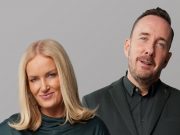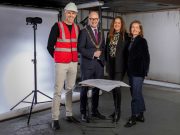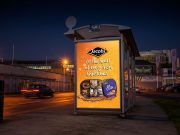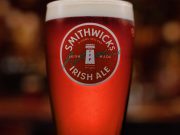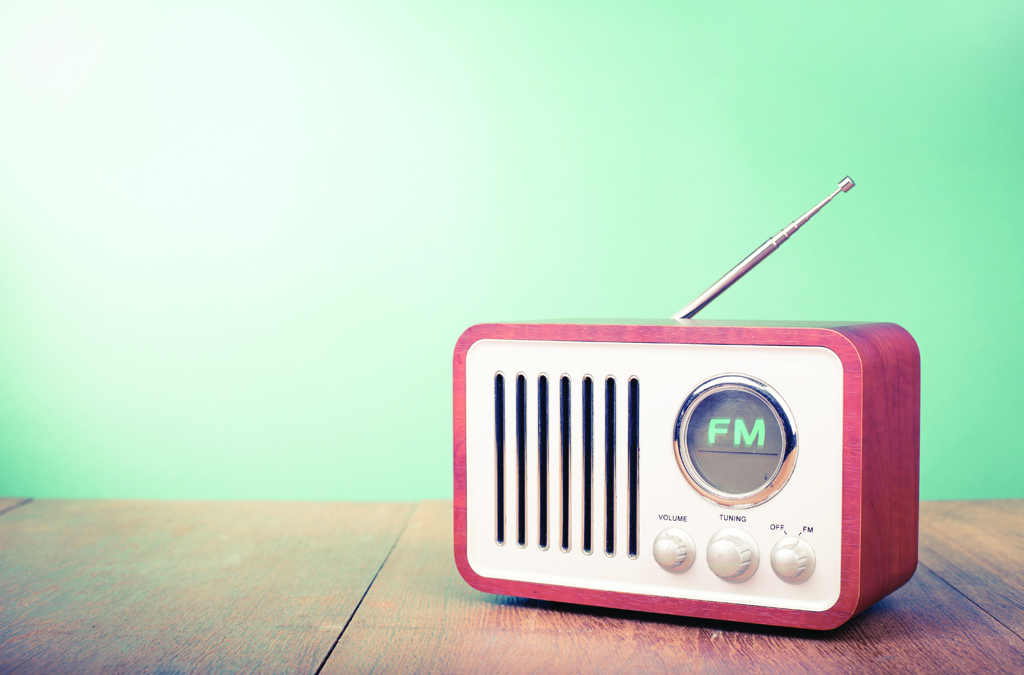 Continuous innovation will be key to the future development of the Irish radio industry and stations will need to deliver content to audiences in ways they want to consume it, writes Adam Taylor.
Continuous innovation will be key to the future development of the Irish radio industry and stations will need to deliver content to audiences in ways they want to consume it, writes Adam Taylor.
Having spent the first few years of my career in a purely digital role the JNLR was always a bit of a mystery to me. Emails from the stations would arrive in my inbox the night before the official release as the stations had the data early giving them time to interpret it and find the positives for their PR and press releases. Everyone was doing well it seemed with the stations putting a positive spin on their best performing demographics or programmes. Underperformance was not to be mentioned!
Radio has been a hugely successful medium in Ireland and it has enabled our most prominent media personalities to build their careers there. The medium allows the right presenter to establish a very close relationship with their audience and this is something which advertisers have been able to tap in to help strengthen their own relationships with customers.
More recently the more forward thinking stations have also realised the potential which digital and particularly social media has in building on these relationships with their listeners. Indeed one could say that radio was ahead of the curve in this regard. All of the main groups have amassed significant followings on social media; for example Media Central has almost 3 Million connections on their stations Facebook platforms alone which has enhanced their ability to deliver relevant audiences.
Radio is still an incredibly strong medium in Ireland with 82% of us over the age of 15 claiming to have “listened yesterday” to commercial radio according to the latest numbers (just a small drop from 83% last year). Contrast this with the UK’s RAJAR results released around the same time where the non-commercial BBC accounts for 53.5% of listening. To advertisers and marketers’ radio in Ireland offers something far above what it does to our closest neighbours. This is something I enjoy explaining to our UK and international clients on a regular basis!
When we look a bit closer at the latest numbers however and especially contrast the release from the same period last year there may be some cause for concern for the radio industry. Radio 1 which had looked strong book to book over 2016 has lost 20,000 listeners which is a decrease of 2% on last year. Its sibling station 2FM has fared worse than this shedding 8% of its listeners (down from 375,000 to 345,000). 2FM have been struggling over the last number of years and the declines in key shows like Breakfast Republic (down 27,000 listeners YOY) and The Nicky Byrne Show with Jenny Greene (down 26,000 listeners YOY) is a further blow to the station.
The Communicorp stable has also not had a strong performance. The schedule changes across both Newstalk and Today FM in 2016 saw presenters like Ivan Yates and Anton Savage departing from the airwaves for differing reasons. Newstalk have lost 6% of their listeners which given the major restructuring of their schedule may not be seen as too bad of a result, however neither is it encouraging and anectodal research suggest that the new schedule line up has not found favour with listeners. More worryingly Today FM has lost 10% of their listeners since the same period last year and the station has been moving towards a more music driven format. Traditionally the Irish radio audience has shown a strong preference for a combination of talk and music, especially for National stations so it will be interesting to see how this new direction for Today FM fares in the next research.
Regional radio has performed better than the national stations with just a 1% decrease in listeners across the regional sales groups. Q102 and 98FM have performed particularly well in Dublin while outside of Dublin Cork 96 and WLR will be happiest with their results. Still the overall trend is down and radio station boardrooms across the country will be asking themselves why.
It is easy to jump to a comparison with what the print media has gone through in the last 10 years. The content we are able to consume digitally has become richer through better, faster and cheaper data this has meant that streaming and listening to audio (or video) through a device is more prevalent. Listeners can consume any audio content from any country available online. The JNLR questionnaire itself tries to make some sense of this and from a “time spent” listening to audio media perspective just 8.6% is spent listening to “own music”, 2.8% listening to “audio streaming” and 0.9% listening to podcasts so 87.7% is still spent listening to radio in the traditional sense.
When you look at a younger 15 – 34 demographic however “own music” climbs to 17.8%, “streaming” to 7.2% and podcasts 1.9%. It is also within this 15-34 demographic that stations are seeing some of the sharpest declines (down 4% overall). These media habits are likely to become more pronounced- meaning we will see this trend take a bigger role going forward. Radio stations will need to continue to adapt to their new reality, presenting content the audience wants to consume in the ways they want to consume it if radio is to remain a strong force in the Irish media landscape.
Adam Taylor is strategy and innovation director of Havas Media.
First published in Irish Marketing Journal (IMJ February Issue 2017)© to order back issues please call 016611660




